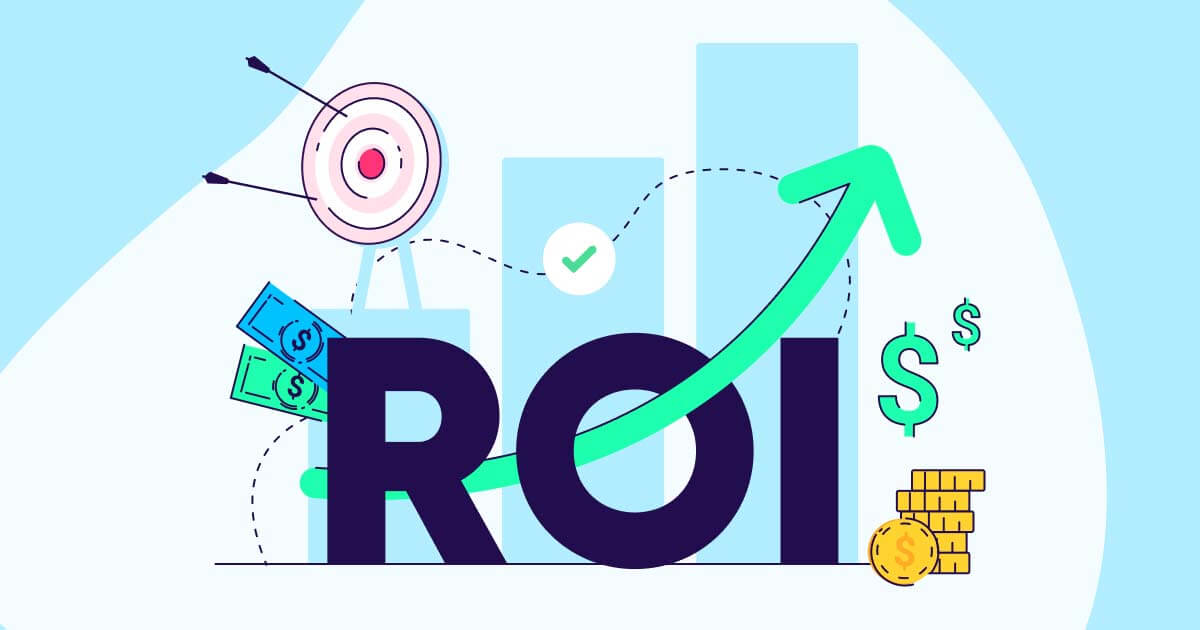
One of the most important financial decisions a power washing business owner can make is investing in equipment. But how do you know if the money you’re putting into pressure washers, surface cleaners, and trailers is really paying off? 🤔 That’s where understanding and calculating ROI—Return on Investment—comes in.
In this article, we’ll break down exactly how to calculate equipment ROI in a power washing business, why it matters, and how to make smarter buying decisions moving forward. 📈💼
💡 What Is ROI and Why Does It Matter?
Return on Investment (ROI) is a measurement of how much profit you’re making from a specific investment. In this case, we’re talking about equipment—like that $4,000 pressure washer you just bought.
ROI = (Net Profit from Equipment ÷ Cost of Equipment) x 100
ROI tells you how long it takes to recover your investment and start earning pure profit. A higher ROI means your investment is working harder for you. 💪
For a power washing business, ROI is crucial because equipment is one of the largest startup and operational costs. Every dollar you put into gear should ideally come back to you multiple times over.
🔍 Step-by-Step: How to Calculate Equipment ROI
Let’s break down the calculation process using a real-world example.
Step 1: Know the Cost of the Equipment
This includes:
- Purchase price
- Taxes
- Shipping
- Setup or customization
- Any accessories (hoses, reels, surface cleaners)
📌 Example: You purchase a hot water power washer for $4,500 total.
Step 2: Track Revenue Generated by That Equipment
If you bought the power washer to expand into commercial contracts, isolate the revenue that machine specifically helped generate.
📌 Example: Over the next 6 months, that power washer helps you bring in $12,000 in commercial cleaning jobs.
Step 3: Subtract Costs Related to That Equipment
This includes:
- Fuel or electricity
- Maintenance and repairs
- Insurance (if applicable)
- Operator labor (optional, if calculating net vs. gross)
📌 Example: You spend $1,200 on maintenance, fuel, and repairs during those 6 months.
So your Net Profit = $12,000 – $1,200 = $10,800
Step 4: Plug Into the ROI Formula
ROI = ($10,800 ÷ $4,500) x 100 = 240%
That’s a solid return! In this case, the equipment paid for itself in about 2 months and then began generating significant profit. 🧼💰
⚠️ Common ROI Mistakes to Avoid
A few things can skew your ROI if you’re not careful:
❌ Ignoring All Costs
Don’t forget hidden expenses like maintenance and downtime.
❌ Not Separating Revenue by Equipment
If you use multiple machines, make sure you isolate income by project or equipment when possible.
❌ Overestimating Equipment Lifespan
If you assume your equipment lasts 10 years but it breaks down after 3, your ROI shrinks fast.
📊 Tools to Help Track ROI
You don’t need to be a spreadsheet wizard to calculate ROI. Use tools like:
- QuickBooks or Xero to track revenue and costs
- Jobber or Housecall Pro to track job types and equipment usage
- A simple Excel sheet with monthly income vs. expenses
The key is consistency—review your ROI quarterly to make informed decisions about buying new gear. 🗓️📈
🧠 How ROI Influences Buying Decisions
Let’s say you’re considering buying a $1,000 surface cleaner. If your calculations show you’ll earn back that investment in 3 jobs, it’s a no-brainer.
But if that same cleaner will take 40 jobs to recoup its cost, maybe it’s time to shop around or wait for a deal. 👀
Tracking ROI allows you to:
- Compare brands and models based on real profitability
- Prioritize high-performing equipment
- Decide whether to repair or replace older gear
- Justify large purchases when scaling your business
💼 Pro Tips for Maximizing Equipment ROI
✅ Bundle Equipment into Packages – Offer “premium” cleaning services that require specific tools (like hot water machines) and price them accordingly.
✅ Upsell on Jobs – If your equipment can clean fences, patios, or commercial dumpsters, offer add-ons to boost the revenue per job.
✅ Keep Maintenance Regular – A well-maintained machine lasts longer and avoids costly downtime.
✅ Buy Used When It Makes Sense – Some used equipment can offer excellent ROI if you do your due diligence.
✅ Rent Strategically – If you’re unsure about a piece of gear, renting can be a good way to test profitability before committing.
📈 Final Thoughts: ROI Is Your Business Compass
Understanding how to calculate and monitor your equipment ROI can mean the difference between barely breaking even and running a highly profitable power washing business. 🌟
Think of every pressure washer, surface cleaner, or trailer as a business partner—it needs to pull its weight. By consistently reviewing performance and adjusting your investments based on hard data, you can grow smarter, not just bigger.
So grab that calculator and start tracking your returns today. Your bottom line will thank you! 💰✅🧽
Browse Amazon Here For Top Rated Power Washers And Accessories






